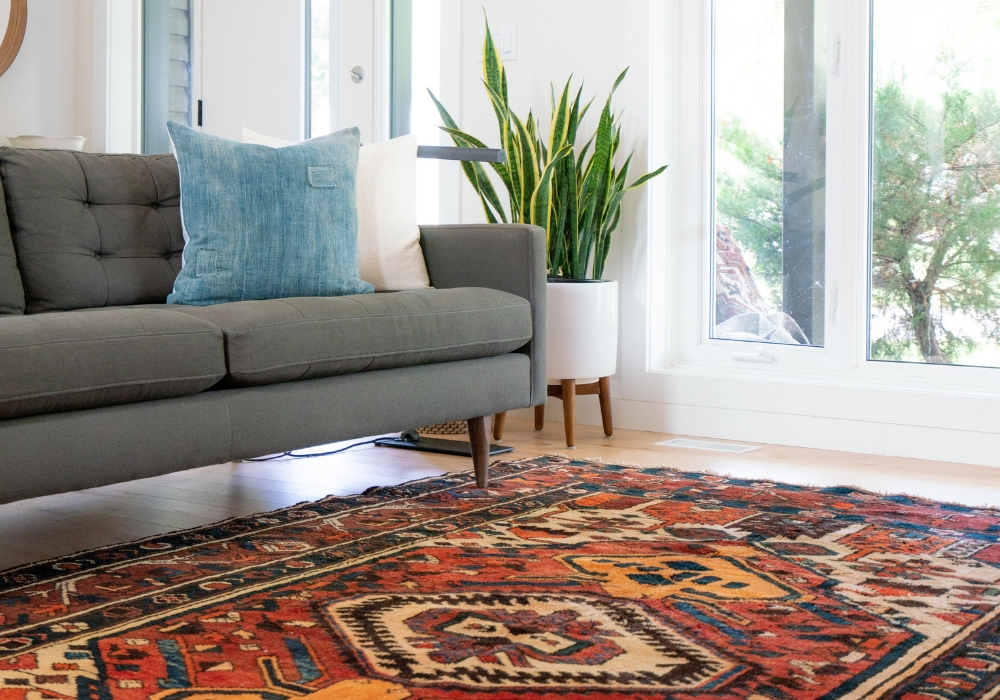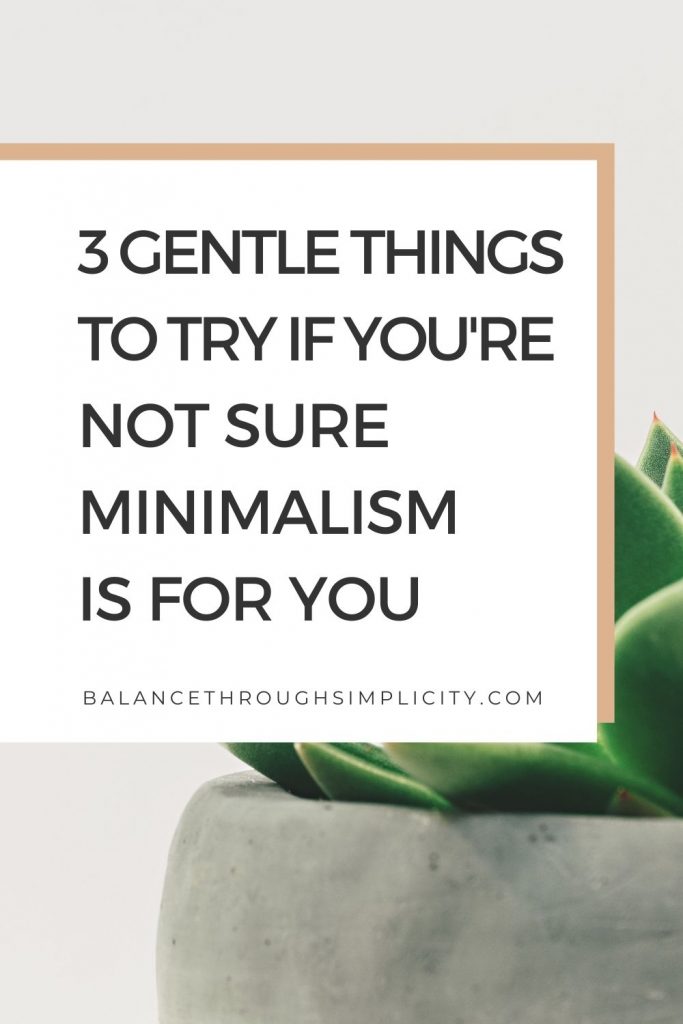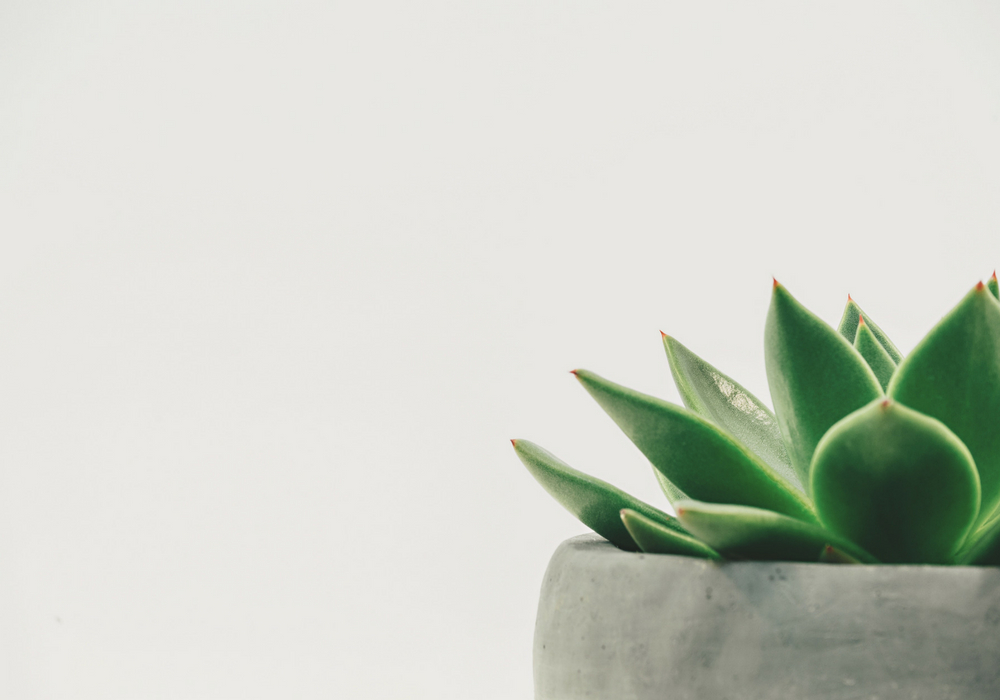3 GENTLE THINGS TO TRY IF YOU’RE NOT SURE MINIMALISM IS FOR YOU
Minimalism gets a bad name and often thought of as dull, rigid and restrictive. In this article, I’d like to share 3 gentle things to try if you’re not sure minimalism is for you. I hope you’ll discover that minimalism is so much more than getting rid of stuff!
WHEN MINIMALISM FEELS SCARY
You might have read that minimalism is about getting rid of stuff. In fact, it’s quite likely that you read that somewhere here on my blog! And, it’s true, the minimalist lifestyle is about clearing clutter to make room for other things. Other things that are perhaps more important to you than an extra set of pots and pans or the pile of clothes you never wear that are squashed at the back of your closet.
In this article I’d like to give you some simple tips and things to try if you’re not sure minimalism is right for you.
I had my own vision for a simpler life and I began creating that simpler life by getting rid of my clutter. But, perhaps you’re not ready to get rid of stuff? Maybe that feels too scary or off-putting right now?
If that’s how you feel then maybe it’s not surprising that you’re not sure minimalism is right for you. If minimalism is about getting rid of stuff, then is it really something that can bring benefit to your life? What if I need the things I’m throwing out? How do I know what to get rid of? I want a better life but will minimalism mean it’s an empty or restricted one?
There are all common questions and concerns but in a way, they’re misleading. Minimalism is about clearing clutter but it’s about so much more.
Related reading: Common myths about minimalism
I hope the suggestions coming up will help you understand minimalism differently so you can feel comfortable trying it out for yourself…
A DIFFERENT APPROACH TO MINIMALISM
For many years I avoided using the term ‘minimalist’. It felt cold, uncompromising and not a lifestyle choice that was realistic for a busy mum, with a husband who loves to hoard and a busy family. Getting rid of things or restricting my possessions didn’t seem to be an effective way of finding more love, joy and laughter instead of feeling stressed and drained every day.
However, minimalism was none of those restrictive and rigid things I’d worried about. It actually turned out to be one of the best experiences we’d ever had as a family.
Minimalism has some powerful benefits which have supported me in different ways over the years. Yet, the funny thing is, these benefits were only in part to do with decluttering my home and having less stuff.
Instead, a minimalist approach to life has given me so many other things that I hadn’t anticipated when I first tackled my overstuffed closet.
Related reading: The minimalist mindset and thinking like a minimalist
GENTLE, COMPASSIONATE MINIMALISM
I have more time, energy, freedom, money and less stress, less overwhelm and more ease.
Life still presents challenges but the way I deal with them has changed, and that’s thanks in big part to minimalism.
A minimalist lifestyle is about being mindful of what you keep in your life and what you keep out. It’s about being intentional, purposeful and clear on what clutters your life and what adds value in some way. And, it’s about choices and decisions that support that. Here are some other ideas on what is minimalism and a few things it’s not!
Instead of a cold, limiting, extreme minimalist lifestyle, I love to share a gentle and compassionate approach to minimalism. This is one of the many lessons from minimalism I discovered in my own minimalist journey. A message of simplicity that gives you food for thought and helps you find a way to try out minimalism for yourself that makes life better, fuller and easier.
For most of us, that may be through trial and error and taking baby steps to let any changes we need to make sink in, but it’s about experimenting and coming with an open heart and mind! Are you ready?

3 THINGS TO TRY IF YOU’RE NOT SURE MINIMALISM IS RIGHT FOR YOU
Here are some gentle ways to try minimalism for yourself. Give them a go for a week or a month and see how you get on. Do all of them at the same time, or just one at a time. There’s no rush and sometimes, when we go slowly, changes seem more manageable, impactful and sustainable over the long-term.
1. Stop shopping
I don’t mean food shopping, or shopping for essentials but I do mean shopping when you’re bored or when you’re lonely or angry or upset. Avoid the shops, stay away from online shopping sites, hide your store and credit cards. Remove temptation to buy new things and see what opens up for you instead.
You might save a little bit of money, you might accumulate less stuff. You might find you have what you need already at home. You might come up with other ways to spend your time and money and how you deal with difficult emotions.
Make a note of the times when you want to go shopping. What are you feeling? What are you hoping shopping will do for you? What could you do instead?
Minimalism isn’t about never going shopping or spending money. Plenty of minimalists love to shop and many of us get a boost when we bring something new home. However, the key here is to shop intentionally, wisely and mindfully, not as a reaction to enticing sale signs, to fill an emotional gap or add just more clutter and more debt to your life.
Try these gentle tips for shopping mindfully.
2. Limit your use of social media
I’m aware that for some of us, saying no to social media for a week or month might seem a step too far. So, I’m suggesting you limit it, but if you can get rid of the apps off your phone and have a complete social media detox for a while, so much the better!
The problem with social media is that we get distracted. Distracted and spend too much time scrolling, distracted and too much time being envious and curious about how others are living their lives.
Instead, limit your use of social media and have more time living your own life instead of checking up on everyone else.
Be curious about your own life instead:
- How can you use the time better?
- How many hours have you created by cutting down your screen time on your phone?
- When in the day do you find yourself wanting to scroll, skim or log in? If it’s in the evenings, for example, can you find another way to wind down for the day and get ready for sleep?
- What can you do to enrich your life and be kind to yourself instead of wishing you looked like someone else, had their clothes, their lifestyle and so on?
Minimalism helps us to become happy, grateful and content with what we have instead of chasing, comparing and wanting more.
That’s not to say that we don’t strive for things, be ambitious or have expectations. Of course, we do! But a minimalist approach to these things comes about through positive awareness and good intentions. Not because we’ve seen something on social media and want what they have because what we have already isn’t (good) enough.
Social media can be a wonderful tool for information, inspiration and communication but, like anything you let into your life, it’s best when used wisely and intentionally to support you.
3. Get clear on your priorities
Minimalists tend to know what’s important to them in life, and make a point to honour and nurture these things regularly. It could be making time in their schedule, being comfortable with saying no or finding ways to take care of themselves through self-care and healthy habits.
When was the last time you checked in with yourself and reviewed your priorities? Is your life drifting on auto-pilot and your priorities have been lost amidst the priorities that your To Do list and life have put upon you?
A minimalist lifestyle is an intentional one. Know what lifts you up, motivates and makes you happy (in heart and mind, not just your home). Remind yourself of who and what is most important in your life and prioritise these as often as you can.
Try this article on how to define your priorities and why it matters. There’s a free worksheet that you can download to help get clear on your own priorities.
After all, knowing the different types of clutter and deciding what clutters your life is easier when you’ve already worked out what’s important and definitely not clutter!
Further reading: A beginner’s guide to intentional living

MINIMALISM AND MAKING IT WORK FOR YOU
I hope you enjoyed these three little suggestions for exploring minimalism. As I mentioned at the start of this article, the minimalist lifestyle isn’t just about getting rid of stuff so that’s why I didn’t include decluttering as one of these three ideas. I’d love for you to understand that minimalism has a much deeper impact than clear counters and a neat and tidy home (as lovely as that is!).
There isn’t a one-size-fits-all approach to minimalism and no rule-book to follow. You can be as extreme or as loose with the definition as you want. Just keep in mind the guiding principles of being aware of what clutters your life and what supports it and taking action to honour what matters to you.
Whether you choose no furniture and bare white walls or an extra set of cups and saucers in your kitchen cupboards is totally up to you.
Think about your life and the people and things in it. Consider how you feel about that life and what lifts you up and brings you down.
- What’s important to you and what’s just clutter?
- Why do you hold on to things?
- Do you look forward to your days or are they too busy and making you ill?
- Do you have time, space and freedom for living life, or are you too busy just getting through life?
These are all more relevant questions to ask if you’re exploring minimalism, rather than are your table-tops too cluttered or how many pairs of jeans should you own.
RESOURCES ON MINIMALISM AND THE MINIMALIST LIFESTYLE
If you’d like to learn more about minimalism and the different ways you can simplify life, here are some articles and resources for further reading:
- Minimalism and motherhood
- What is minimalism: a helpful guide to get you started
- Unexpected and life-changing benefits of minimalism
- 20 reasons to own less stuff
- Does minimalism make you happier? – Simplicity and happiness
- What is so great about minimalism? – A personal perspective
- Simplify Your Life – A guided workbook to help you get started on the minimalist path. Journal prompts, practical challenges and action points to help you find simplicity and space for you and your life.
A FREE DOWNLOAD FOR YOU…
I’ve deliberately steered away from decluttering projects in this article because I want to emphasise the message that minimalist living isn’t just about getting rid of stuff.
Instead, I’d love to encourage you to be more mindful and intentional about your life – from what you buy, to what you consume on social media, to the things that you most value and hold dear (your priorities).
That being said, minimalism is also, of course, about owning less and choosing less so decluttering plays a vital role. It’s often where we can see and feel the biggest difference.
Decluttering is about getting rid of stuff, but it’s also about asking yourself why you’re holding on to things in the first place. This is how we declutter for the long-term, not just throwing stuff out and watching it pile back in again.
For more tips, advice and questions to get you thinking, why not try my free Declutter Starter Kit?
Pop your details in the box below to get started today…

